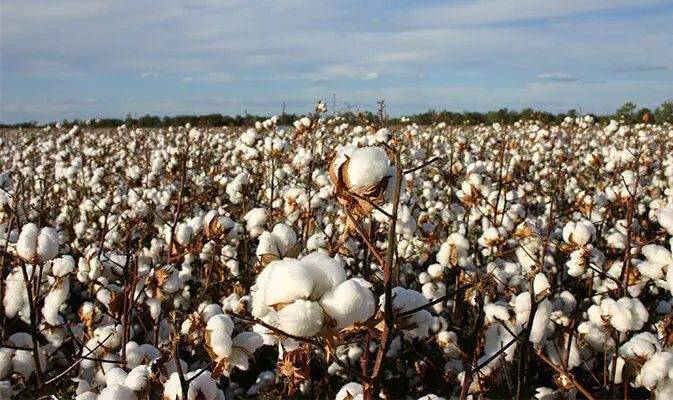It is not uncommon to walk through a store and see things made from cotton. But what is often unknown are the interesting facts about cotton. For example, how is cotton produced?
Cotton is grown on every continent, and it is the most widely used textile fiber. There are many uses for cotton besides clothing, too.
If you want to know more about cotton, check out our article below to learn some cool facts about the cotton industry.
1. History of Cotton Production
Cotton is one of the most important fibers used in the clothing industry and textile production today. It has a long history of cultivation and uses dating back to ancient times.
It was one of the first plants domesticated in ancient India, Mesopotamia, and Egypt. Today, cotton is grown worldwide and produced mostly in countries such as China, India, and the US.
2. Harvesting Process
For cotton harvesting, identify the cotton in the field, where the stalks are usually higher than the surrounding weeds. The cotton is then picked by hand or with machines and then leaves the stalks are standing in the field. After harvesting the stalks, bring the cotton to a gin plantation where all the seeds are removed from the fibers.
The cleaned cotton is then packed into bales, stored, and sent to mills where it is spun into yarn. A variation of the process may include pressing and air-drying the cotton. After a range of processes, including spinning, dyeing, and weaving, the yarn is formed into a fabric and then bring the finished product to a retail store.
3. Popular Cotton Varieties
There are a variety of popular cotton varieties from around the world, such as Pima and Sea Island. You may identify these varieties by their length, quality, elasticity, and strength.
Pima, for example, has long fibers, which make the fabric smooth and luxurious. Sea Island cotton is much rarer and more expensive. It is famous for its strength and a significant degree of shine.
4. Cotton Farming and Its Environmental Impact
The production of cotton requires vast amounts of water and can lead to serious water pollution and erosion in the surrounding area. Due to its durable and versatile nature, cotton can be grown without the use of many harmful chemicals.
Interesting facts about cotton production include the use of integrated pest management to prevent insect infestations, the introduction of crop rotation which helps keep the soil nutritious, and the installation of modern water-efficient irrigation systems. All of these measures together have led to a reduction in the amount of water used in cotton farming and the amount of waste created. You can check this site to learn more about cotton pesticides.
5. Innovative Strategies in Cotton Production
Advanced irrigation technologies are being implemented to enable farmers to use less water while producing a higher yield. When it comes to further innovations, genetic engineering is also being used to breed stronger, more insect-resistant strains of cotton that need fewer inputs and deliver a better harvest. Cotton-seed oil is also becoming a secondary product of production.
Learn the Facts on How Is Cotton Produced
Cotton is a versatile and invaluable crop that is used for a variety of products. Its production is an important industry in many countries and is critical for the global economy.
Learning more about how is cotton produced has shown us how complex and impressive the farming process is.
To learn more about other informative topics, make sure that you explore the rest of our blog.



